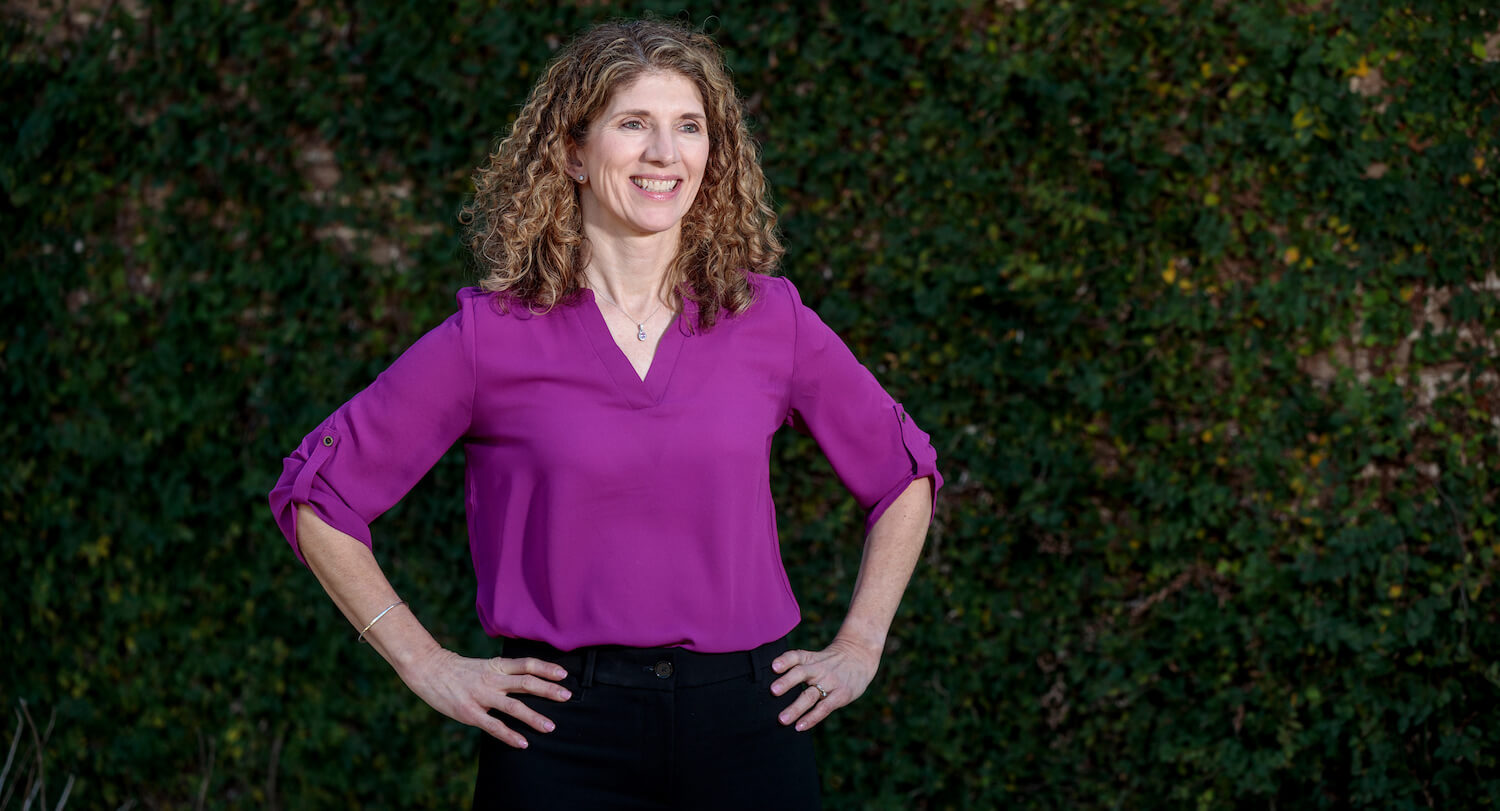
If a little prevention is truly worth a lot of cure, the three decades of work by
the Arnold School of Public Health’s Prevention Research Center have helped make the
Palmetto State a healthier place.
Since 1993, the center has collaborated with communities and partners across South
Carolina to promote physical activity and better nutrition to reduce the risk of cardiovascular
disease, Type 2 diabetes, weight gain, mental health issues and more. Authorized by
Congress in 1984, the Prevention Research Centers Program was created to address chronic
diseases and other leading causes of death and disability in the United States.
The center at USC is among the longest consecutively funded centers since the network’s
formation. Early on, its work focused on understanding the role of the environment
in walking and cycling and in delivering training and technical assistance to help
communities create environmental and policy changes. More recently, the center’s hallmark
program — Faith, Activity and Nutrition — has been embraced over the long term by
churches that have adopted it.
“It’s very hard to change people’s behavior, and persistence of change can be a challenge,”
says Sara Wilcox, an exercise science professor in the Arnold School who has been
the center’s director since 2011. “In multiple studies, we’ve seen large changes in
church organizational practice and small but significant changes in member’s behavior.
FAN is now included in the National Cancer Institute’s Evidence-Based Cancer Control
Programs database.”
More than 300 churches across the state have participated in the FAN program, which
promotes physical activity and healthy eating. As news of the program’s effectiveness
spread in recent years, the Prevention Research Center received requests for training
from churches throughout the Southeast and across the nation and began online delivery
of the program in 2019.
“In multiple studies, we’ve seen large changes in church organizational practice and
small but significant changes in member’s behavior.”
The center, which is funded by the federal Centers for Disease Control and Prevention,
has recently applied for another five-year funding cycle to begin in 2024 that will
continue its focus on faith-based partnerships.
“We are proposing to partner with the AME church in South Carolina, focusing more
on older adults and physical activity and social connectedness,” Wilcox says. “It’s
a way to reach large numbers of African Americans and address health disparities.
Our work started with AME churches early on, and we’re excited to reconnect with many
of those congregations again.”
The Prevention Research Center also has enrolled 107 churches representing 18 denominations
in 23 states for a national implementation study of the FAN Program.
In addition to partnering to create healthier communities, the center contributes
to developing the public health workforce and early career public health researchers
by offering intensive courses for researchers and practitioners called Physical Activity
and Public Health Courses. Longtime exercise professor Russ Pate was the lead in establishing
the courses, with original funding from the CDC through the Prevention Research Center.
He continues to direct the research course, while Sara Wilcox directs the practitioners’
course. Since the courses began in 1995, more than 1,100 participants from 23 countries
have graduated.
Beyond its core funding from the CDC, the center has housed many additional grants
from CDC, the National Institutes of Health and several foundations. These grants,
led by PRC investigators and faculty, have focused on topics including cancer prevention,
aging, brain health, arthritis management, food security, and weight loss.
